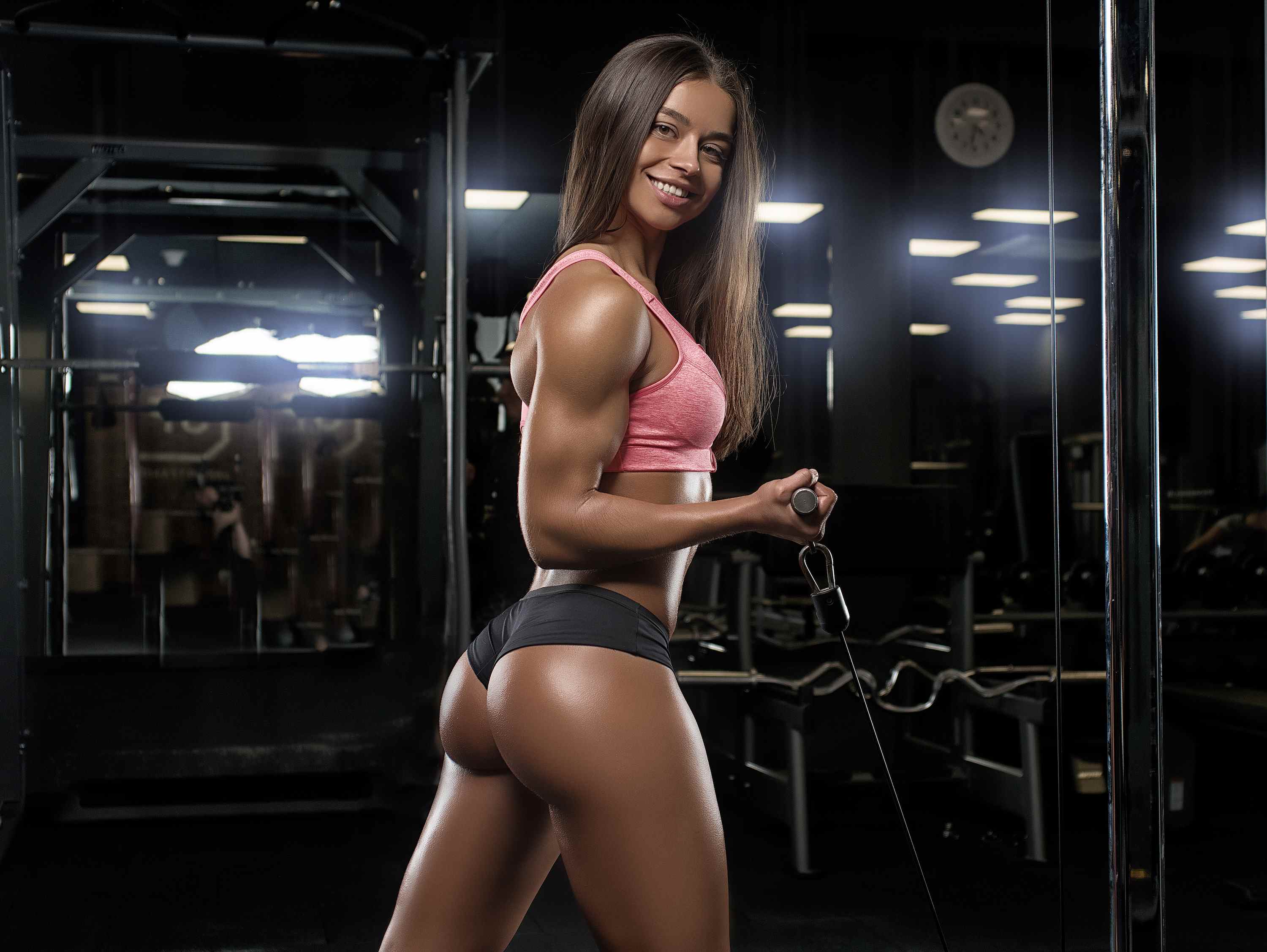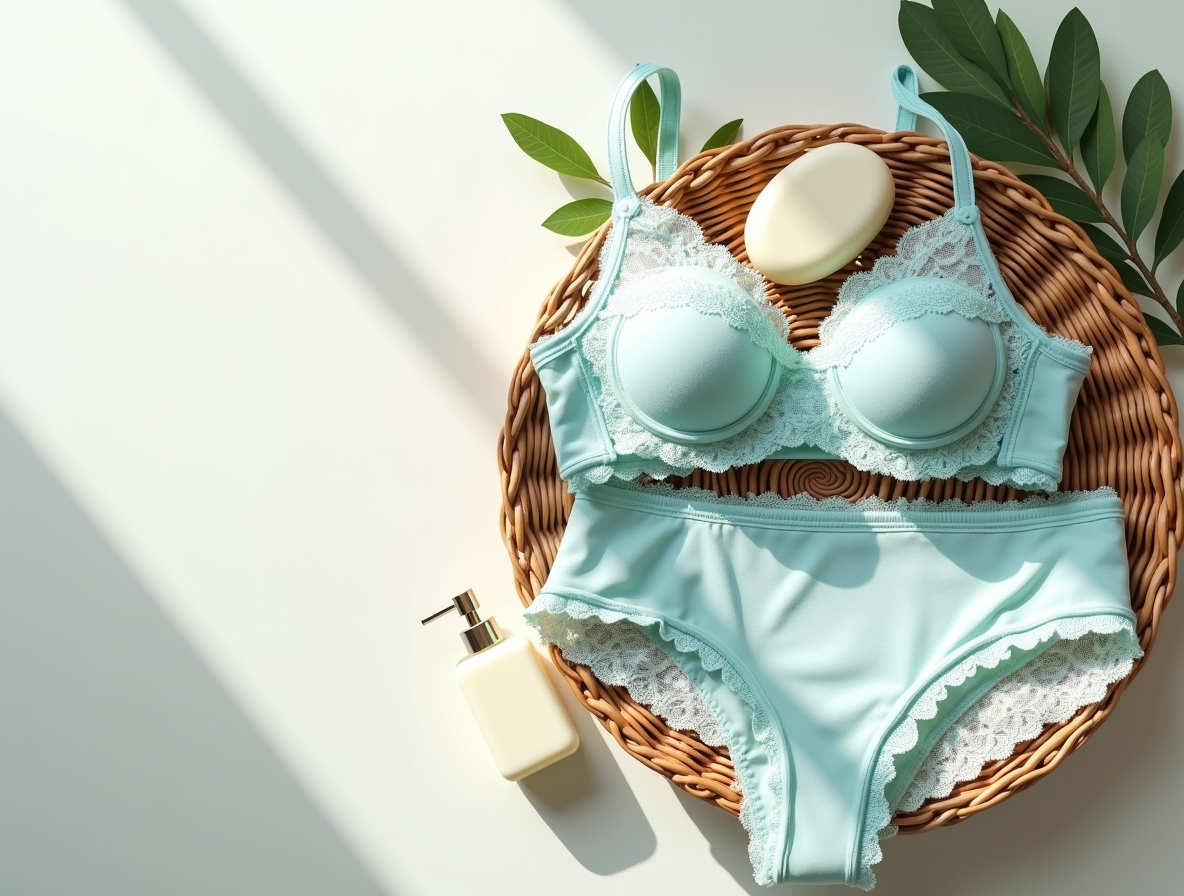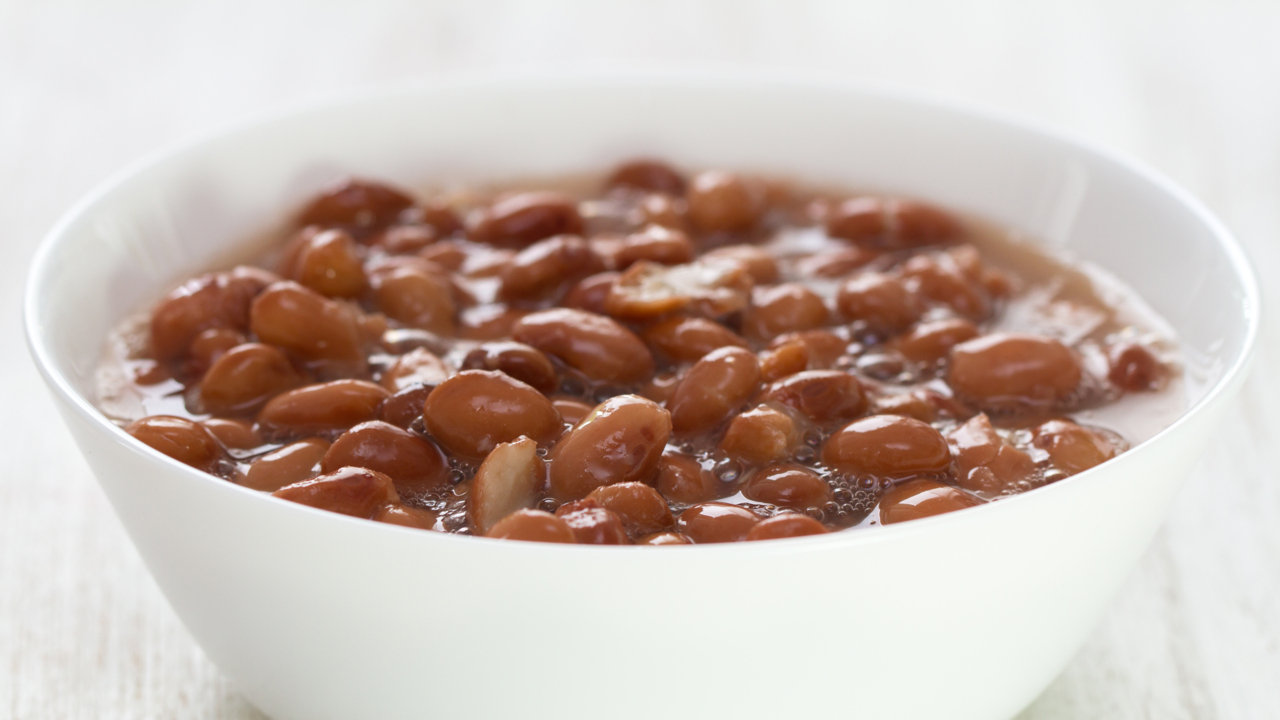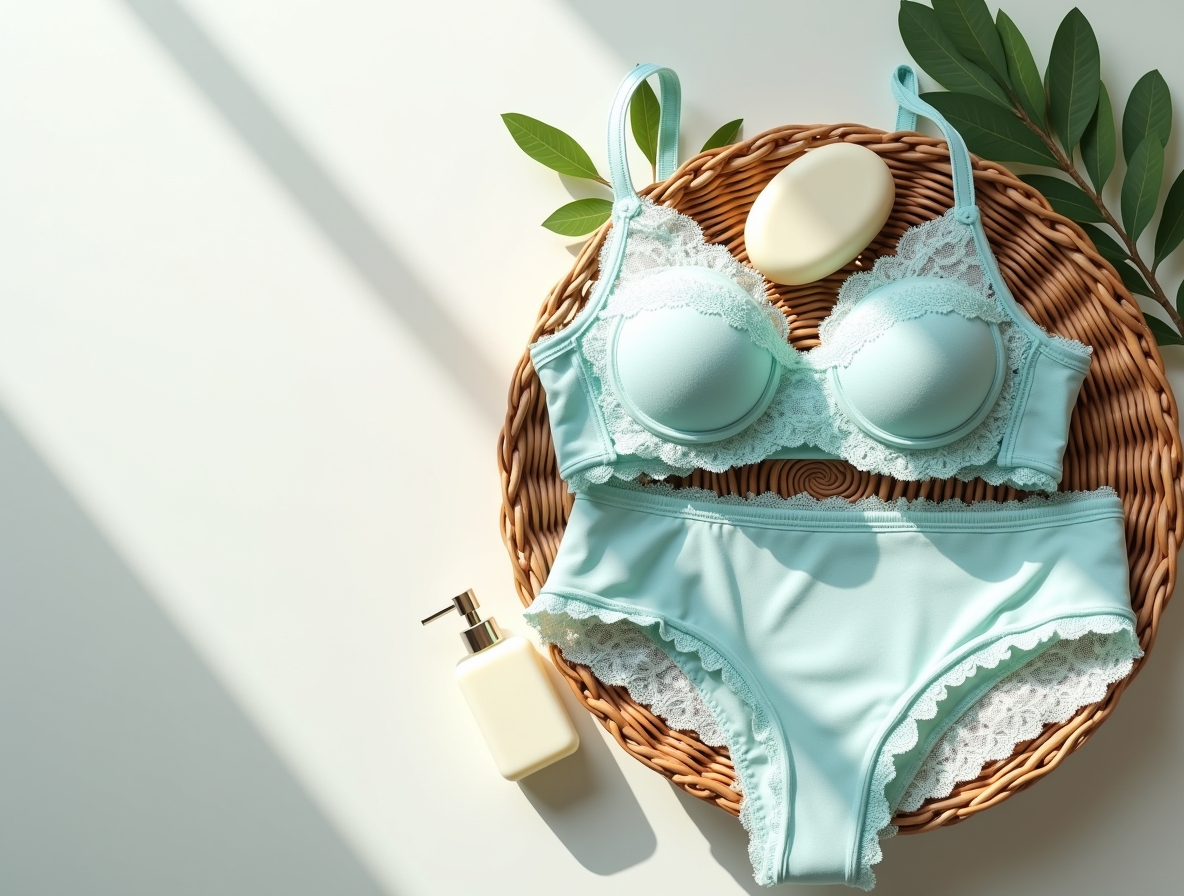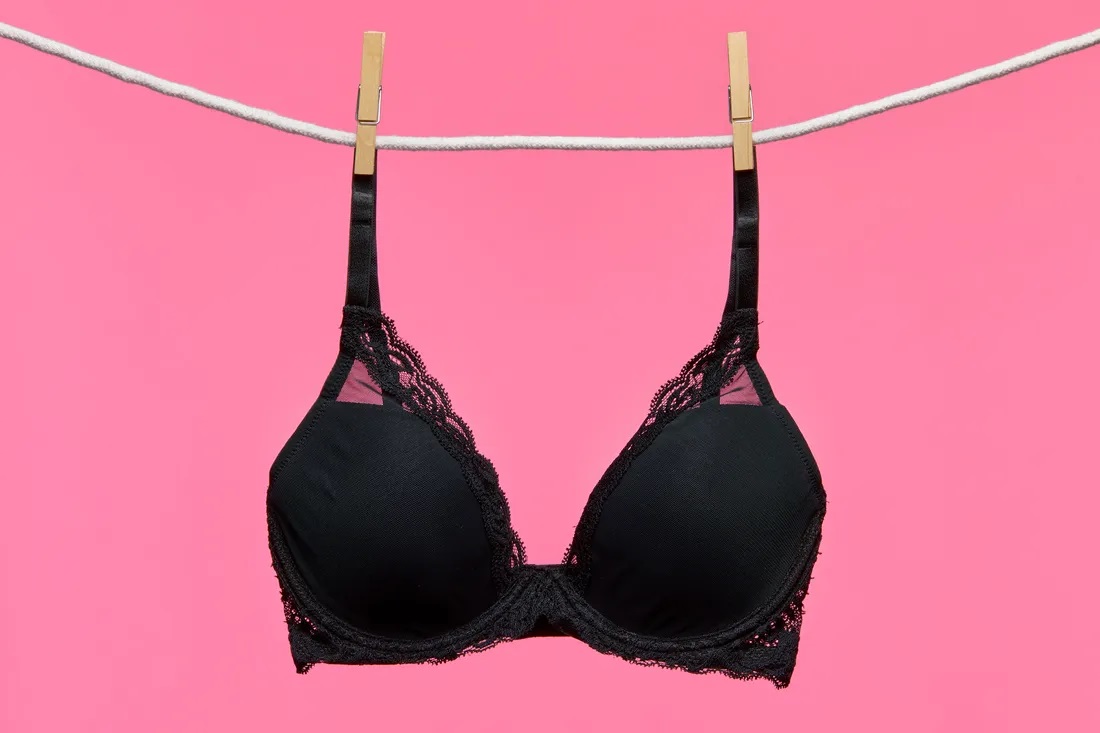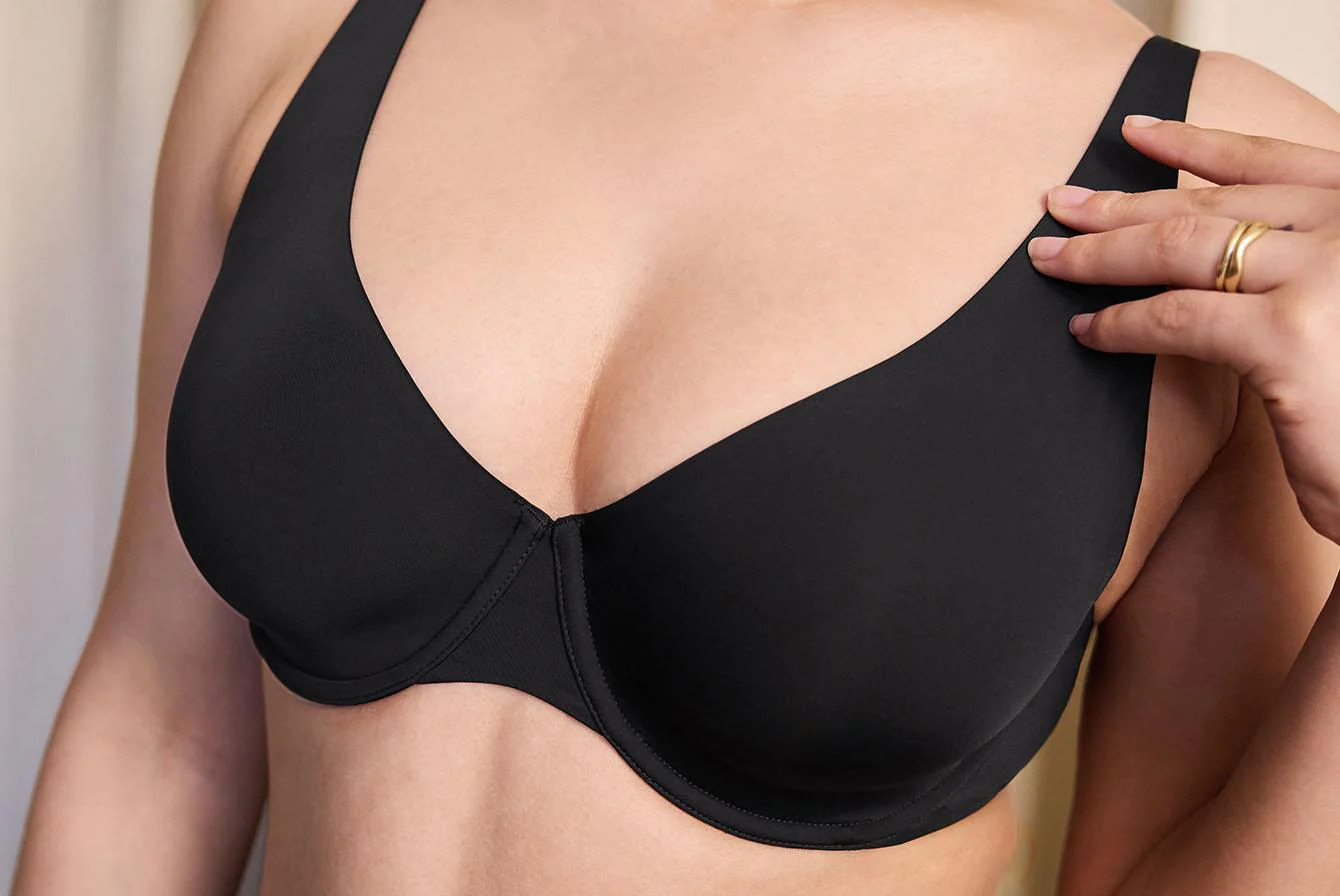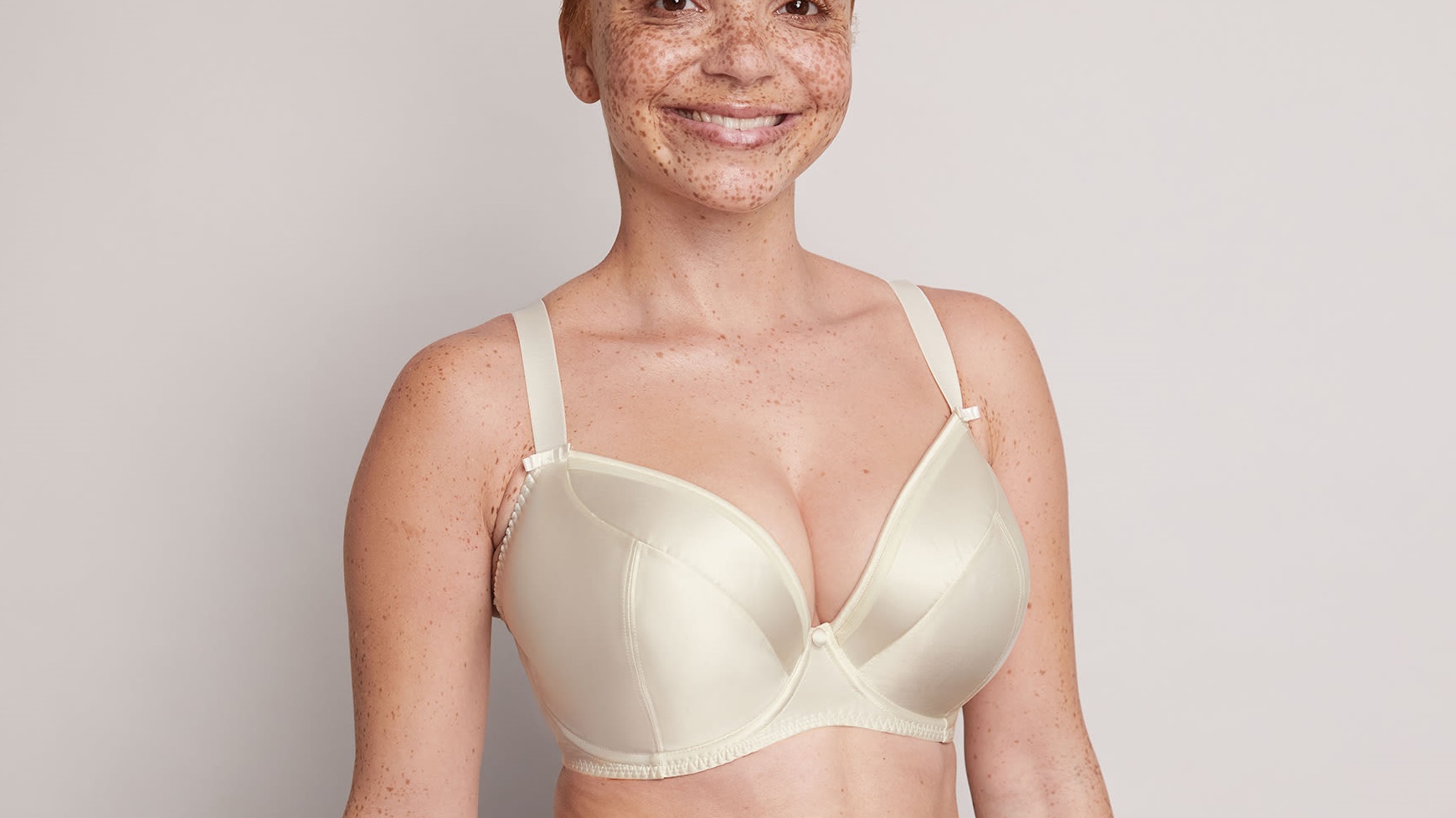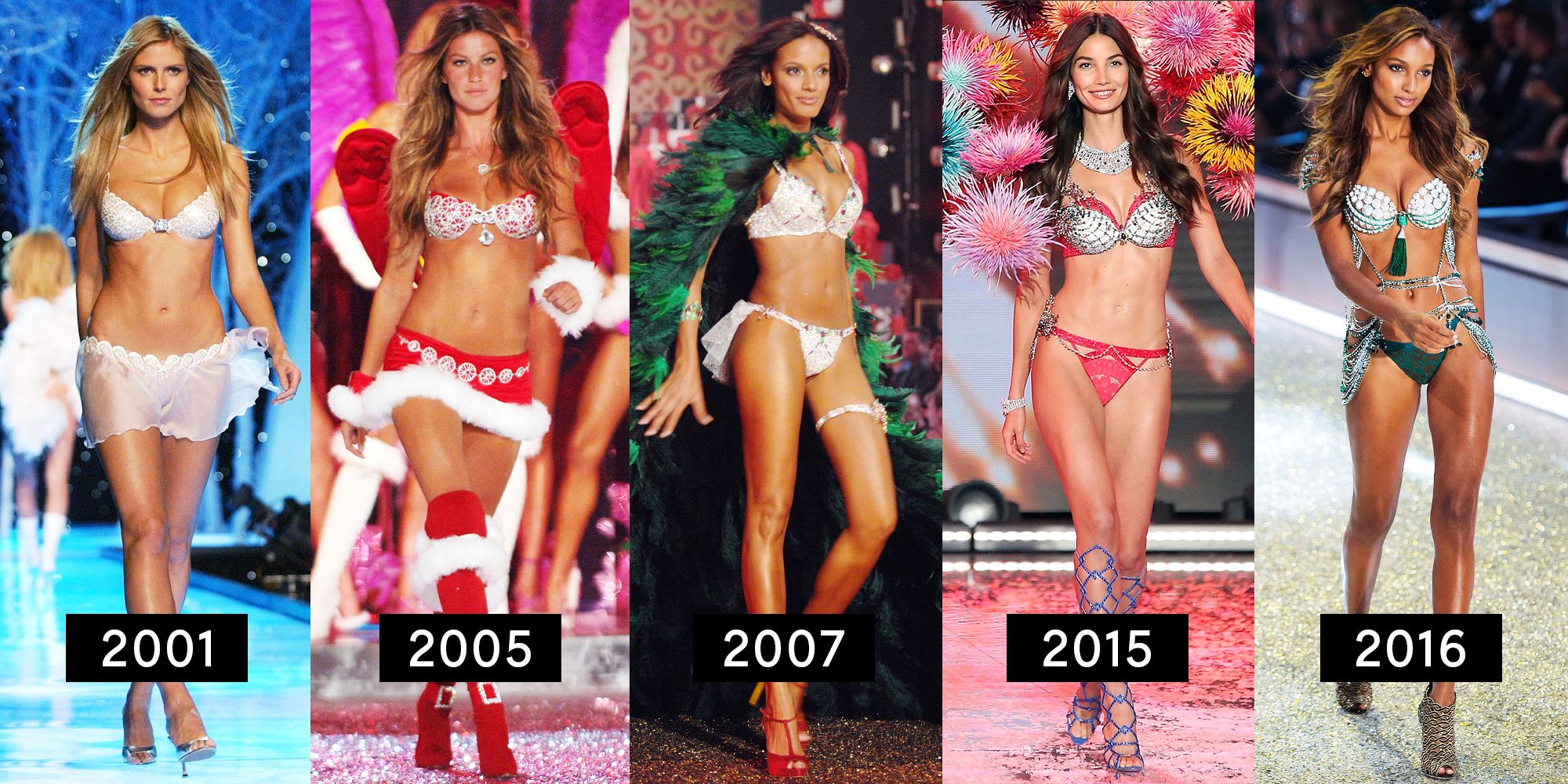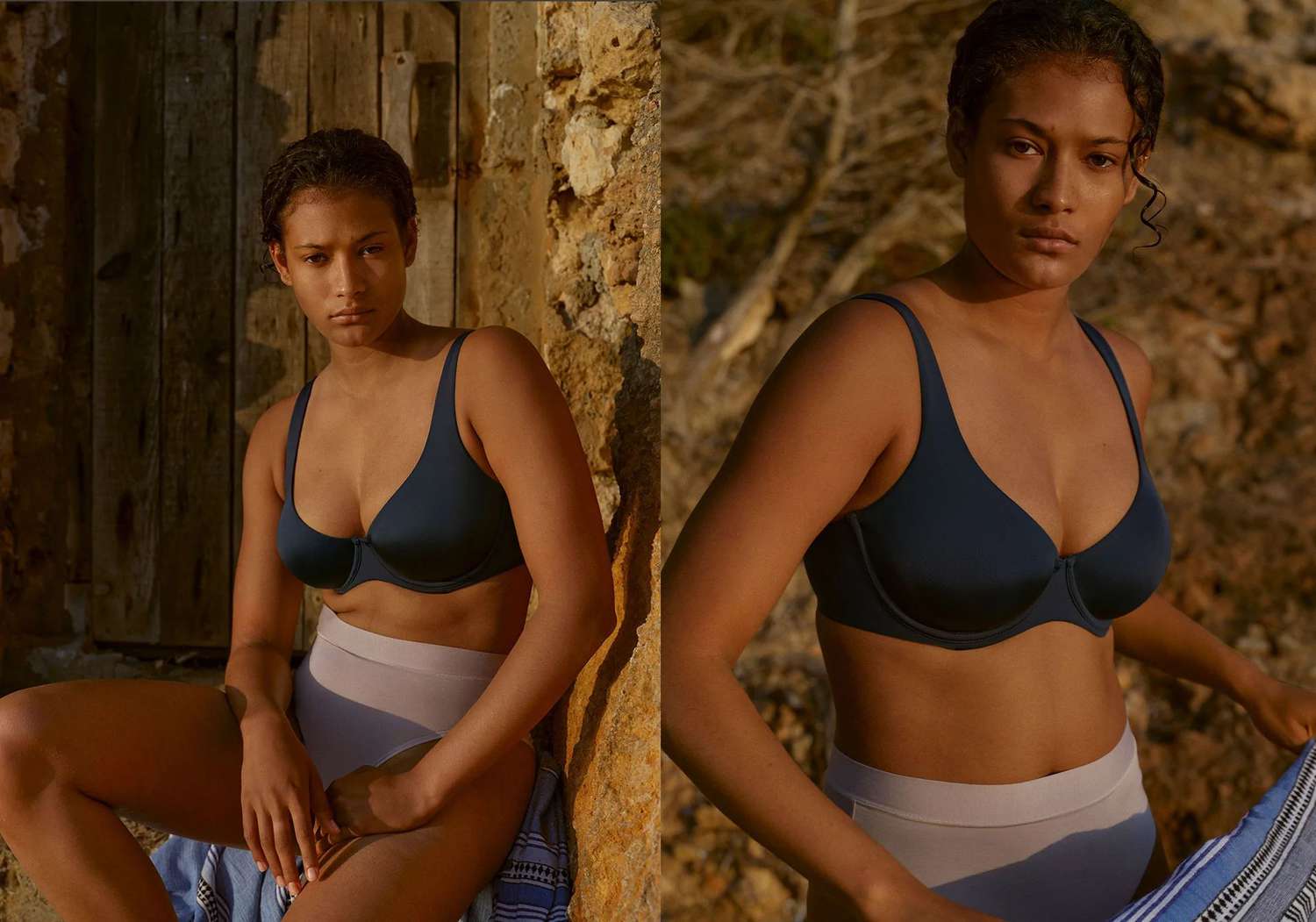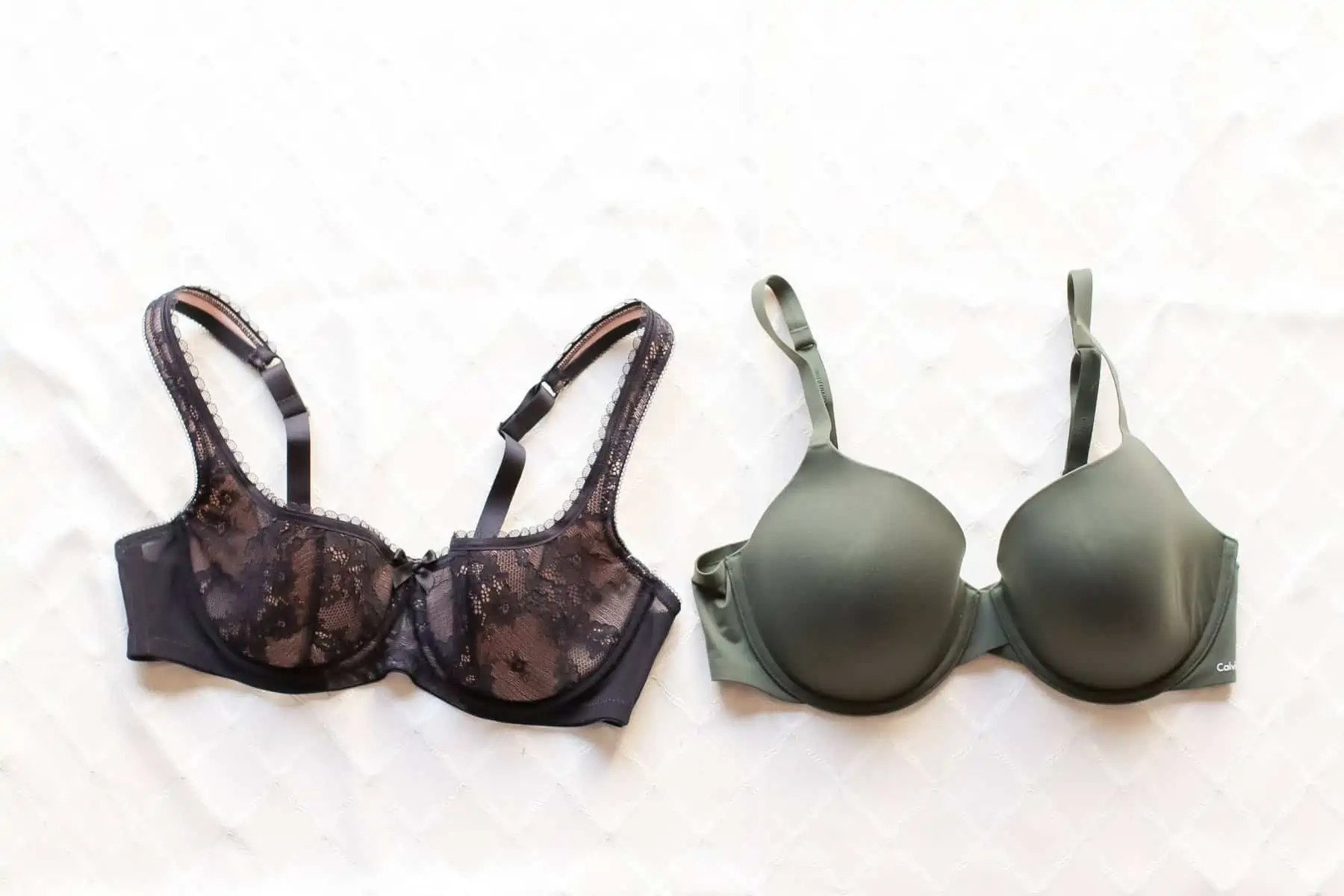Home>Women's Underwear>Bras>What Causes Bra Bulge
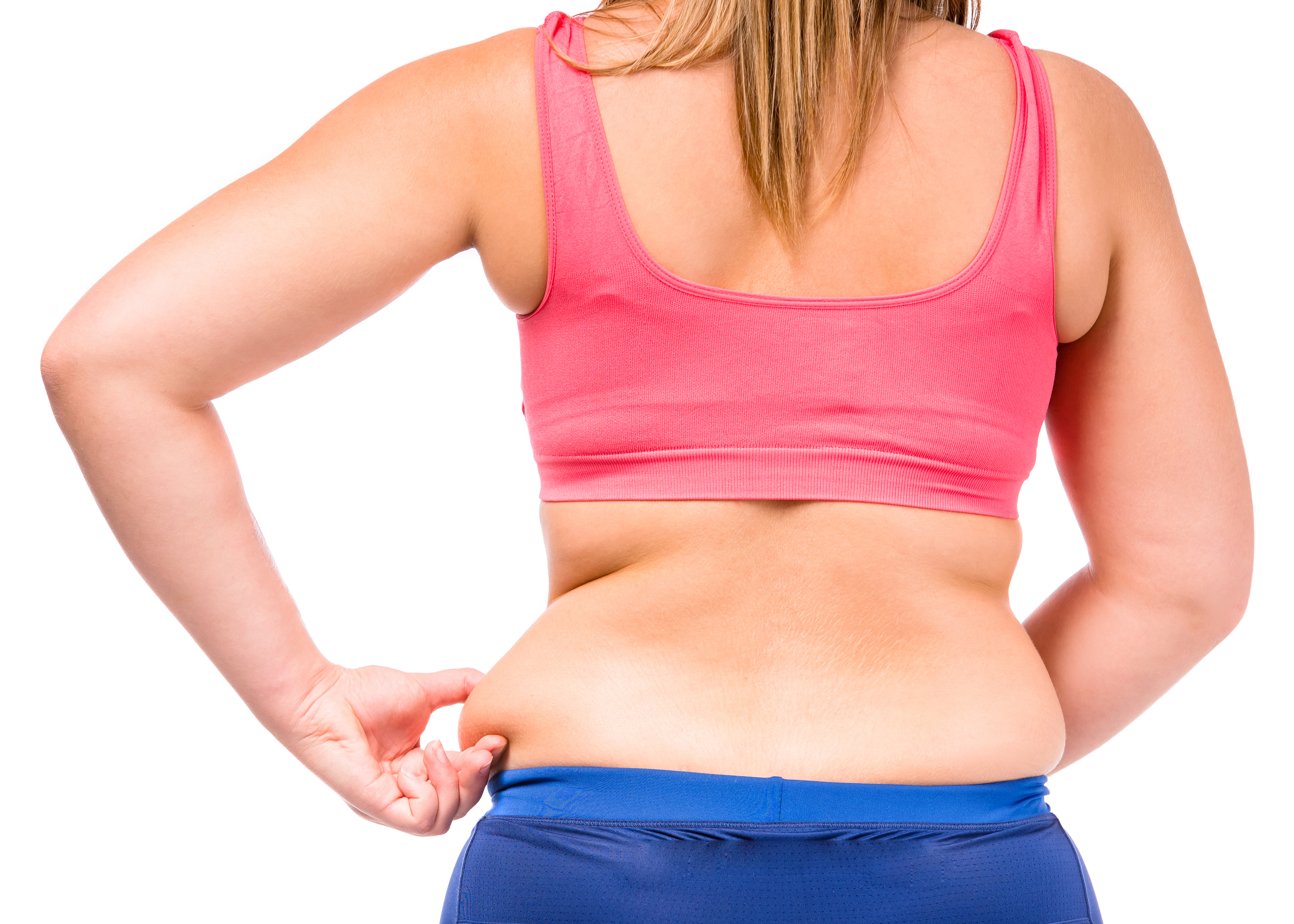

Bras
What Causes Bra Bulge
Published: July 31, 2023
Discover what causes bra bulge and how to prevent it with the right bras. Find out which types of bras can provide better support and avoid unsightly bulges.
(Many of the links in this article redirect to a specific reviewed product. Your purchase of these products through affiliate links helps to generate commission for Under-tec.com, at no extra cost. Learn more)
Table of Contents
Introduction
Welcome to the world of bras! Bras are an essential piece of clothing that not only provide support but also enhance the shape of a woman’s breasts. However, it’s not uncommon for some women to experience a frustrating issue known as “bra bulge.” This phenomenon refers to the appearance of adipose tissue or excess skin protruding around the edges of a bra, particularly on the back and underarm areas.
Bra bulge can be distressing for many women, as it can affect their confidence and overall comfort when wearing certain types of clothing. While it’s important to remember that every body is unique and beautiful in its own way, understanding the causes of bra bulge can help in finding ways to prevent or minimize its appearance.
In this article, we will explore the various factors that contribute to the development of bra bulge, including the role of ill-fitting bras, body fat distribution, lack of upper body exercise, poor posture, genetic factors, and hormonal changes. We will also provide strategies to help prevent bra bulge and promote a more comfortable, confident, and healthy experience when wearing bras.
Definition of Bra Bulge
Bra bulge, also known as bra overhang, is the term used to describe the appearance of excess fatty tissue or skin that spills out around the edges of a bra. It typically occurs in the back and underarm areas, creating a visible bulge that can be bothersome and affect the overall fit and appearance of clothing.
This issue is more common among women with larger breasts, but it can also affect women with smaller breasts. Bra bulge is not a medical condition, but rather a cosmetic concern that can lead to discomfort and self-consciousness.
There are various factors that contribute to the development of bra bulge, including ill-fitting bras, body fat distribution, lack of upper body exercise, poor posture, genetic factors, and hormonal changes. Understanding these factors can help in finding effective strategies to prevent or minimize the appearance of bra bulge.
It’s important to note that bra bulge is not indicative of a person’s body weight or fitness level. It can affect women of all shapes and sizes, and is not always related to excess body fat. Therefore, it’s essential to approach the issue with compassion and understanding, rather than judgment or criticism.
The Role of Ill-Fitting Bras
One of the primary factors contributing to the development of bra bulge is wearing ill-fitting bras. A bra that does not provide adequate support or does not fit properly can lead to an accumulation of excess skin and fat in the back and underarm areas.
When a bra is too tight, it can cause the flesh to spill out over the edges of the bra, creating a visible bulge. On the other hand, a bra that is too loose or does not have enough structure can cause the breasts to sag, putting more pressure on the back and creating an unflattering appearance.
It’s essential to ensure that the band of the bra fits snugly around the ribcage without causing discomfort or digging into the skin. The straps should be adjusted to the correct length to provide proper support and prevent them from digging into the shoulder area. Additionally, the cups of the bra should adequately encapsulate and support the breasts without causing any spillage.
Getting professionally fitted for a bra can make a significant difference in preventing bra bulge. Many lingerie stores offer complimentary bra fittings, where experts can help determine the correct size and style for your body. Investing in well-fitting bras made from high-quality materials can have a positive impact on both comfort and appearance.
Furthermore, it is important to periodically re-evaluate your bra size, as factors such as weight fluctuations, pregnancy, and hormonal changes can alter breast size and shape. Regularly assessing and updating your bra collection can help prevent the development of bra bulge and ensure a comfortable and flattering fit.
Body Fat Distribution and Bra Bulge
Another factor that can contribute to the appearance of bra bulge is the distribution of body fat. Every person’s body is unique, and fat distribution can vary among individuals. Some people may naturally carry more fat in the back and underarm areas, making them more prone to developing bra bulge.
When excess fat accumulates in these specific areas, it can spill over the edges of a bra and create a noticeable bulge. This is particularly common for women who have a higher percentage of body fat or those with larger breasts.
To address this issue, it’s important to maintain a healthy overall body composition through a balanced diet and regular exercise. Engaging in cardiovascular exercises, such as running or swimming, can help burn excess calories and reduce overall body fat. Additionally, including strength training exercises that target the back and upper body can help tone and strengthen the muscles, improving the appearance and reducing the visibility of bra bulge.
It’s important to note that spot reduction, or targeting fat loss in specific areas of the body, is not possible. Instead, focusing on overall body fat reduction through a combination of diet and exercise is the most effective approach. This will help promote a more balanced fat distribution and minimize the appearance of bra bulge.
In some cases, hormonal imbalances can also contribute to fat storage in specific areas of the body, including the back and underarms. Consulting with a healthcare professional or endocrinologist can help identify and address any underlying hormonal issues that may be impacting body fat distribution.
While body fat distribution plays a role in the development of bra bulge, it’s important to remember that body fat is natural and normal. Accepting and loving our bodies as they are is essential. Strategies to prevent or minimize bra bulge should be focused on overall well-being and ensuring comfort.
Lack of Upper Body Exercise
A sedentary lifestyle and lack of upper body exercise can contribute to the development of bra bulge. When the muscles in the back, shoulders, and underarms are not regularly engaged and toned, it can lead to a loss of muscle mass and strength in these areas, resulting in excess skin and fat accumulation.
Regular exercise, including specific upper body workouts, can help strengthen and tone the muscles in these areas, reducing the appearance of bra bulge. Activities such as weightlifting, yoga, Pilates, and swimming can target the back, shoulders, and underarms, helping to improve muscle definition and overall posture.
Strength training exercises that focus on the upper body, such as rows, pull-ups, and shoulder presses, can help build muscle and increase overall strength. Stronger muscles in the back and underarms provide better support for the breasts, reducing the pressure on the bra and minimizing the development of bra bulge.
In addition to strengthening exercises, incorporating cardiovascular activities into your fitness routine can help burn overall body fat and promote a more balanced body composition. This can indirectly help reduce the appearance of bra bulge by reducing excess fat in the back and underarm areas.
It’s important to note that results from exercise may take time, and consistency is key. Making exercise a regular part of your routine, along with maintaining a healthy diet, can contribute not only to reducing bra bulge but also to overall health and well-being.
If you are new to exercise or have any underlying health conditions, it’s always a good idea to consult with a healthcare professional or a certified fitness trainer before starting a new exercise program. They can provide guidance and tailored recommendations based on your specific needs and goals.
Poor Posture and Bra Bulge
Poor posture is another factor that can contribute to the development of bra bulge. When we slouch or have rounded shoulders, it causes the skin and tissue in the back to bunch up, leading to the appearance of bra bulge.
Slouching puts extra pressure on the back and chest, leading to the compression and displacement of breasts, causing them to spill over the edges of the bra. Over time, this can result in the formation of bra bulge.
Improving posture is essential for minimizing the appearance of bra bulge and maintaining overall spinal health. Here are some strategies to help improve posture:
- Awareness: Start by becoming more aware of your posture throughout the day. Take regular breaks to check your posture and correct any slouching or rounded shoulders.
- Ergonomic Setup: Ensure that your workspace is ergonomically set up to encourage good posture. Use a chair with proper lumbar support, adjust your computer screen to eye level, and position your keyboard and mouse so that your arms are at a comfortable height.
- Strengthen Core Muscles: Engaging in exercises that target the core muscles, such as Pilates or yoga, can help improve posture by strengthening the muscles that support the spine.
- Stretching: Incorporate regular stretching exercises, especially for the chest, shoulders, and upper back. This can help alleviate muscle tension and promote better alignment.
- Postural Braces: In some cases, using postural braces or posture-correcting garments can provide additional support and encourage proper alignment.
By consistently practicing good posture habits and incorporating exercises that promote better alignment, you can help reduce the appearance of bra bulge and improve your overall posture.
It’s important to note that addressing poor posture takes time and continuous effort. Be patient with yourself and remember to make posture-conscious choices throughout your daily activities.
Genetic Factors and Bra Bulge
While lifestyle factors such as ill-fitting bras, lack of exercise, and poor posture can contribute to the development of bra bulge, genetics also play a role in determining body shape and fat distribution. Some individuals may be genetically predisposed to store more fat in the back and underarm areas, making them more prone to developing bra bulge.
Genetic factors influence the way our bodies store and distribute fat. This can impact how fat accumulates around the breasts and causes the appearance of bra bulge. Even with a healthy lifestyle and regular exercise, some individuals may still experience bra bulge due to their genetic predisposition.
It’s important to recognize that genetics is beyond our control. However, understanding our genetic makeup can help us better appreciate and accept our bodies for their unique characteristics.
While we cannot change our genetics, we can focus on adopting healthy habits that promote overall well-being. This includes wearing well-fitting bras, engaging in regular exercise, practicing good posture, and maintaining a balanced diet. These lifestyle choices can help minimize the appearance of bra bulge and contribute to overall health and confidence.
It’s worth remembering that beauty comes in all shapes and sizes. Embracing our unique genetic makeup and learning to love and accept our bodies as they are is essential for promoting self-confidence and body positivity.
Hormonal Changes and Bra Bulge
Hormonal changes can also have an impact on the development of bra bulge. Fluctuations in estrogen and progesterone levels, which commonly occur during different phases of the menstrual cycle, pregnancy, and menopause, can affect fat distribution in the body.
During certain hormonal phases, women may experience an increase in water retention and bloating, which can contribute to temporary bra bulge. These hormonal fluctuations can also affect the way fat is stored in the body, leading to changes in body composition and potentially causing the appearance of bra bulge.
Additionally, hormonal imbalances or conditions such as polycystic ovary syndrome (PCOS) can impact hormone levels and contribute to changes in body fat distribution.
While hormonal changes are a natural part of a woman’s life, there are strategies that can help manage their effects on bra bulge:
- Fluid Balance: Staying well-hydrated and consuming a balanced diet can help regulate fluid retention and reduce bloating associated with hormonal changes.
- Exercise: Regular physical activity can help regulate hormone levels and manage weight fluctuations. Engaging in cardiovascular exercise and strength training can contribute to overall body fat reduction, potentially reducing the appearance of bra bulge.
- Consulting with Healthcare Professionals: For individuals with persistent hormonal imbalances or conditions such as PCOS, it may be helpful to consult with a healthcare professional or endocrinologist. They can provide guidance and potentially recommend treatment options to help manage hormone levels and promote overall well-being.
It’s important to remember that hormonal changes are a natural and normal part of a woman’s life. Embracing and understanding these changes can help in developing a positive relationship with our bodies.
While hormonal fluctuations may contribute to the development of bra bulge, it’s crucial to focus on overall health and self-acceptance. Implementing healthy lifestyle habits, including wearing well-fitting bras and engaging in regular exercise, can help manage the effects of hormonal changes on bra bulge and promote overall confidence and well-being.
Strategies to Prevent Bra Bulge
While it may not always be possible to completely eliminate bra bulge, there are several strategies that can help prevent or minimize its appearance. By implementing these strategies, you can increase your comfort and confidence when wearing bras.
- Get Properly Fitted: Ensure that you are wearing the correct bra size and style. Getting professionally fitted for a bra can make a significant difference in preventing bra bulge. Opt for bras with thicker bands and adjustable straps for better support.
- Choose the Right Style: Different bra styles may suit different body shapes. Choose bras that provide full coverage and have wider side wings to help control and distribute breast tissue.
- Focus on Posture: Pay attention to your posture and practice good alignment. Avoid slouching and rounded shoulders, as this can contribute to the appearance of bra bulge. Strengthening your core muscles can also help improve posture.
- Engage in Upper Body Exercises: Regularly incorporating exercises that target the back, shoulders, and underarms can help strengthen and tone these areas, reducing the visibility of bra bulge. Strength training and exercises such as rows, pull-ups, and shoulder presses can be beneficial.
- Maintain a Healthy Body Composition: Adopt a balanced diet and engage in regular physical activity to maintain a healthy body composition. This can help reduce overall body fat and promote a more balanced distribution of fat, minimizing the appearance of bra bulge.
- Stay Hydrated: Adequate hydration can help regulate fluid balance and reduce bloating, which can contribute to temporary bra bulge during hormonal fluctuations.
- Wear Supportive Shapewear: Consider using supportive shapewear or garments designed to smooth and contour the back and upper body. These can help provide additional support and minimize the appearance of bra bulge.
Remember, each body is unique, and bra bulge is a common issue that many women face. It’s important to embrace and love your body, regardless of any perceived imperfections. Prioritize comfort and confidence when choosing and wearing bras, and focus on overall well-being rather than solely on bra bulge prevention.
Conclusion
Bra bulge, the appearance of excess skin or fat around the edges of a bra, is a common concern for many women. While it can be frustrating and impact confidence, understanding the various factors that contribute to bra bulge can help in finding strategies to prevent or minimize its appearance.
Ill-fitting bras, body fat distribution, lack of upper body exercise, poor posture, genetic factors, and hormonal changes all play a role in the development of bra bulge. By wearing properly fitting bras, engaging in regular exercise, practicing good posture, and maintaining a healthy lifestyle, it is possible to reduce the visibility of bra bulge.
It is important to remember that every body is unique and beautiful, and bra bulge is a natural occurrence that can happen to anyone. Embracing and accepting our bodies, regardless of any perceived flaws, is key to building self-confidence and promoting body positivity.
By implementing the strategies discussed in this article and prioritizing comfort and well-being, women can find the right balance between support, style, and minimizing the appearance of bra bulge. Remember, it’s not just about the outer appearance but also about feeling comfortable and confident in your own skin.
So, let’s celebrate our bodies and strive for a balance that allows us to feel comfortable and confident when wearing bras, knowing that we are unique and perfectly imperfect just the way we are.
